


Mobile hospitality

500 Plates

La Cheminambule

La cuisine des fougères

Dinner Dedicated to the White Dove

WE(ED)S

KOOKMET
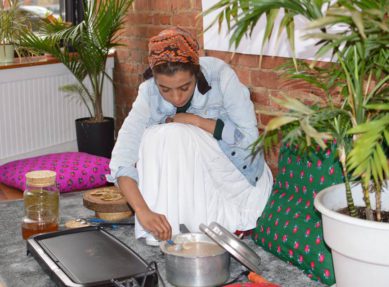
Mom's Bread

#Agronautas Comedor Móvil – UAH Alcalá
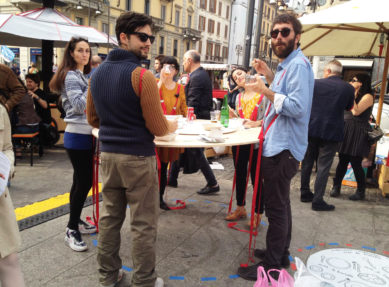
2πr
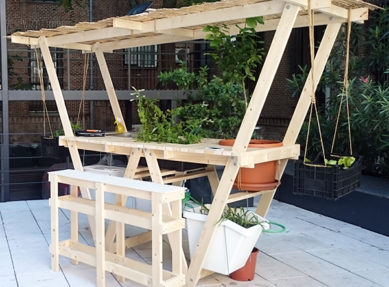
#Agronautas BioticCity

LA TOMA

Soup
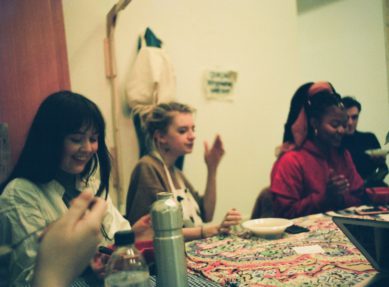
Socialising Outside University Prescriptions

Occupied fields

Open Dinner {eettafel}

#Agronautas Agroestación Matadero

#Agronautas Agrodomésticos a la Calle!

Diggers Dinners
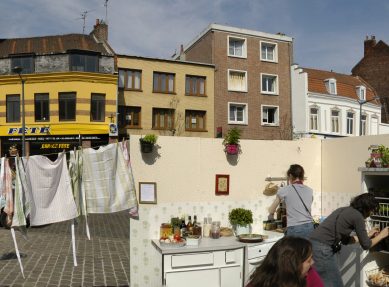
Sur place ou à emporter

#Agronautas Carritos Callejeros

Feast on the Bridge
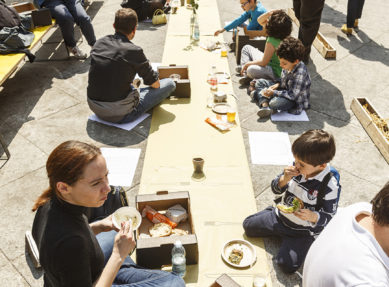
CULT

cocook

Cooking Garden

Gottesacker

Food Dialogue

theEATproject

Night picnics in Rosario

#Agronautas Ciclo-Remolques equipados

COMMUNAL BAKERY

#Agronautas Agrococina

I Eat You Eat Me

FAT-TEN’U FOODS

Mantel Urbano para un Picnic Vecinal

Cuisine itinérante à Hautepierre

Made in Vitrolles

IN DA KüCHE

Gefundenes Fressen

Hasoso

Feast

#Agronautas RUrban Station Reykjavik

Les Banquets Publics


